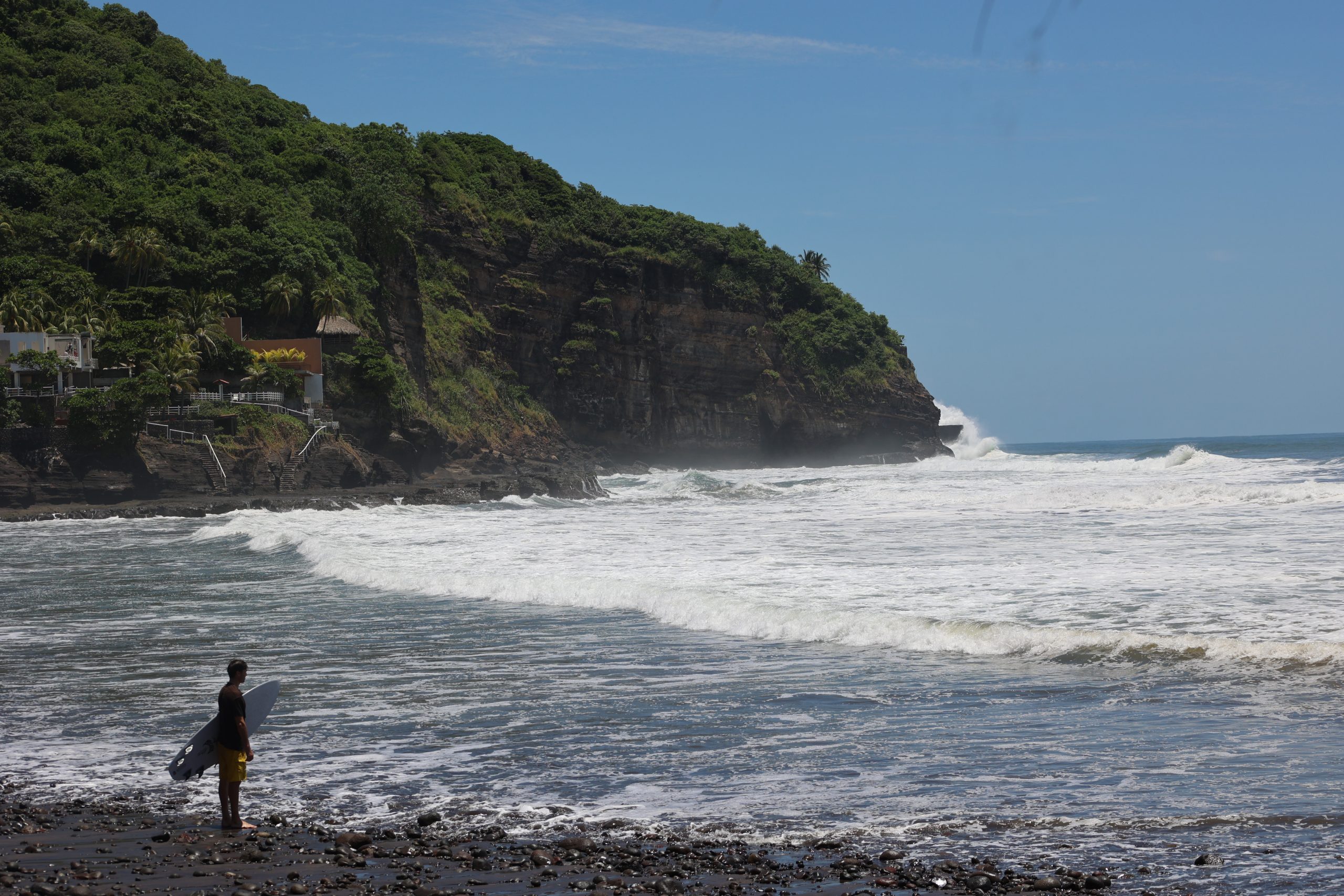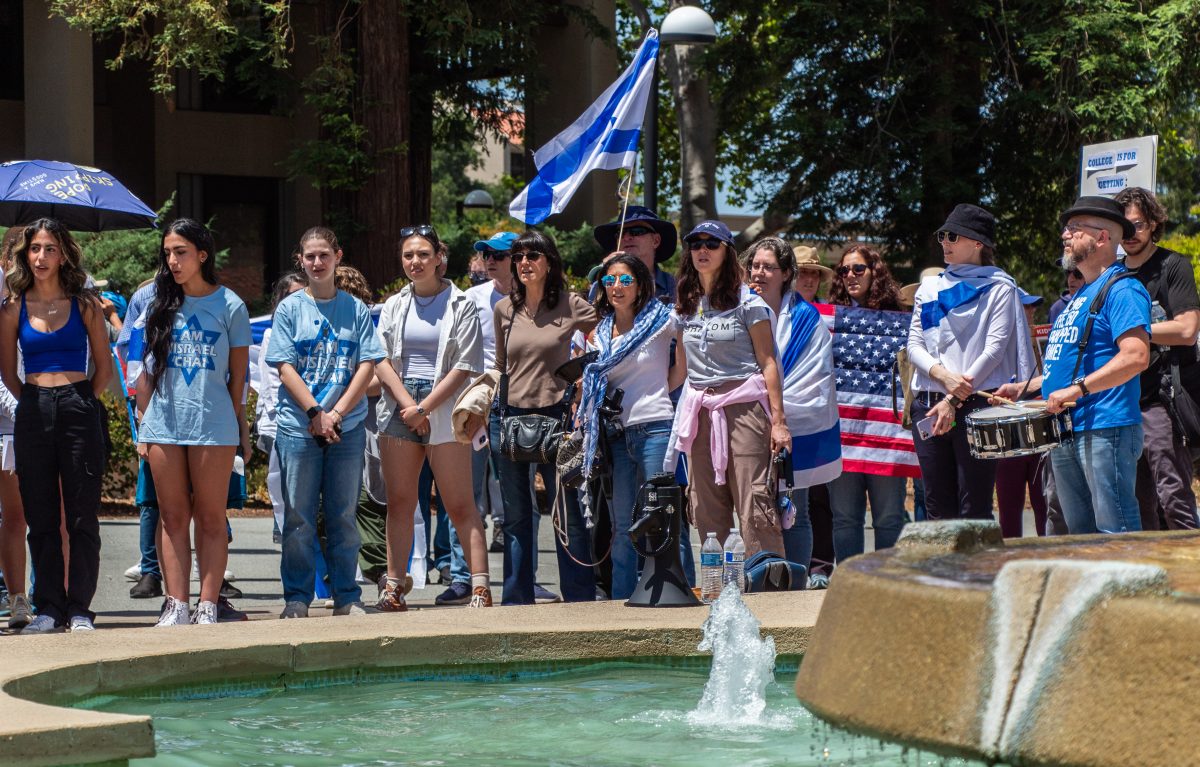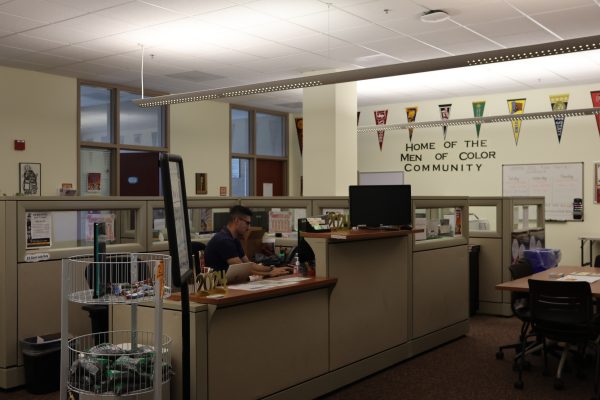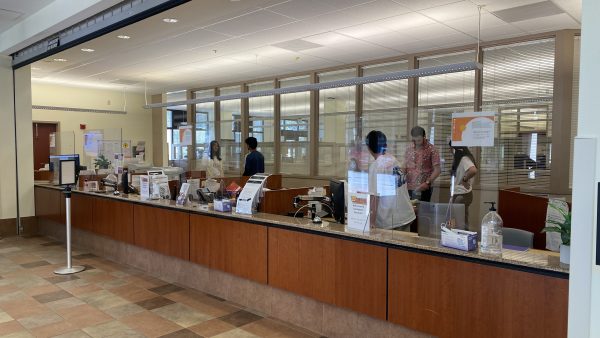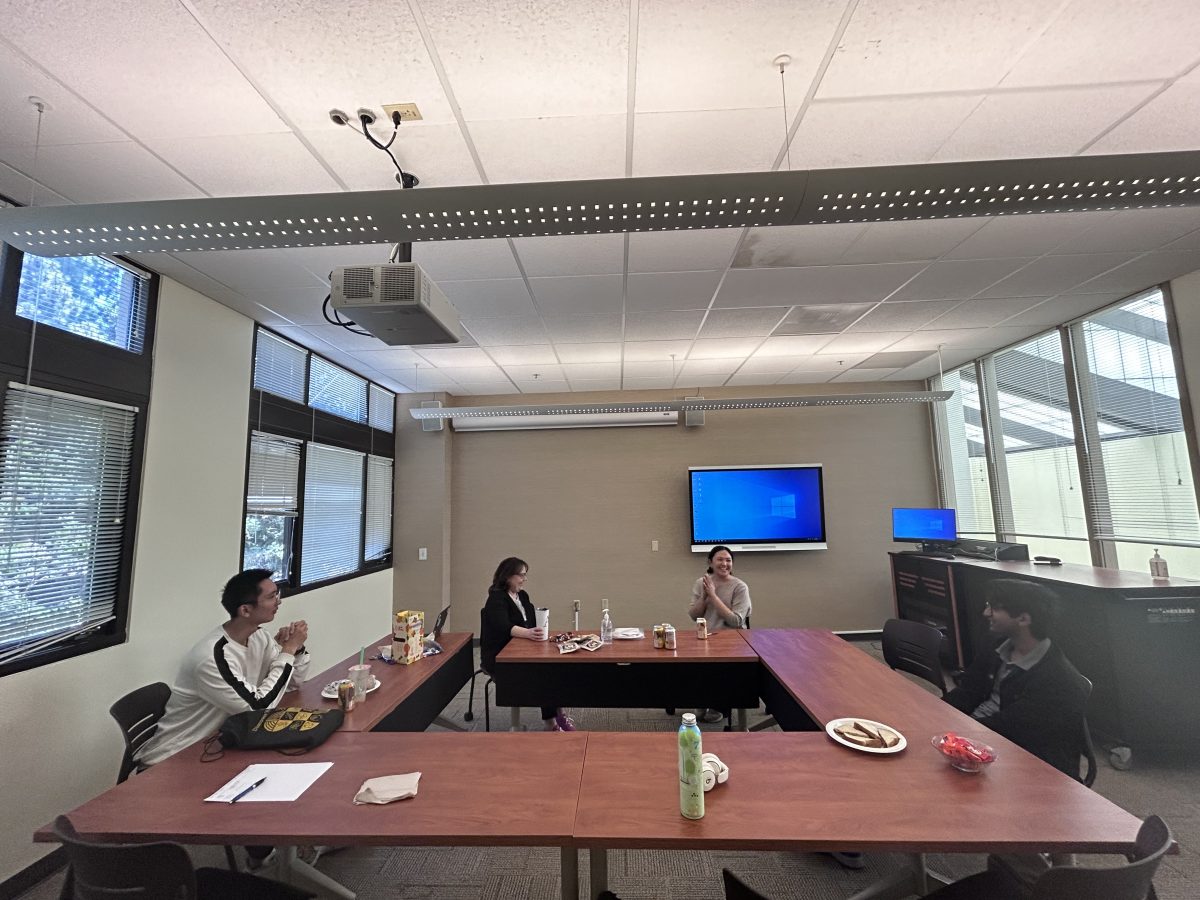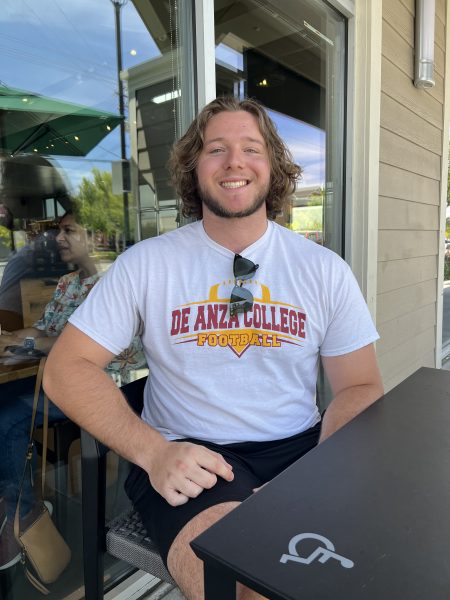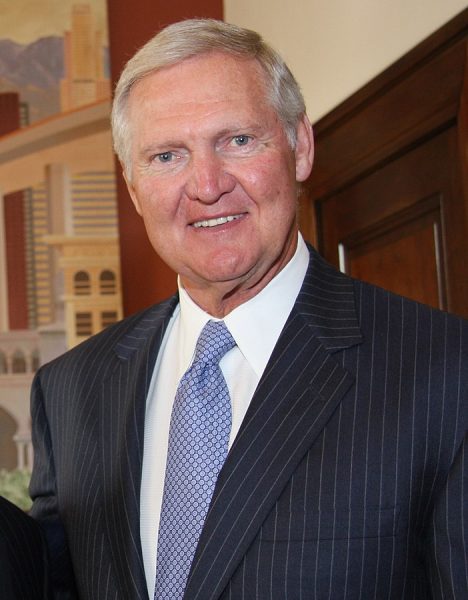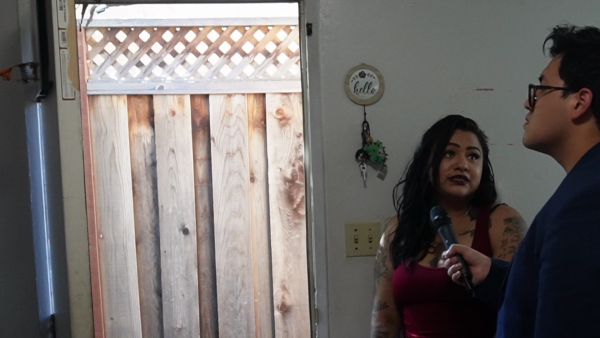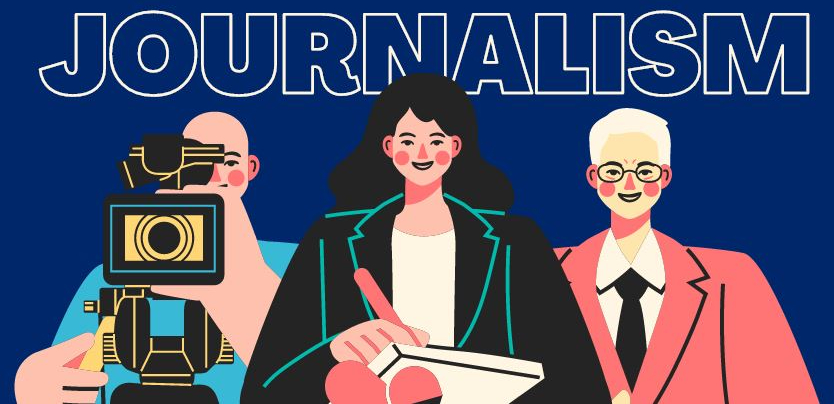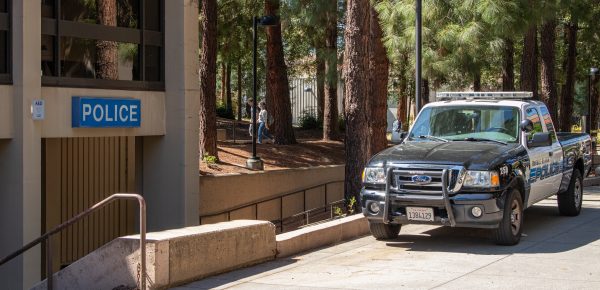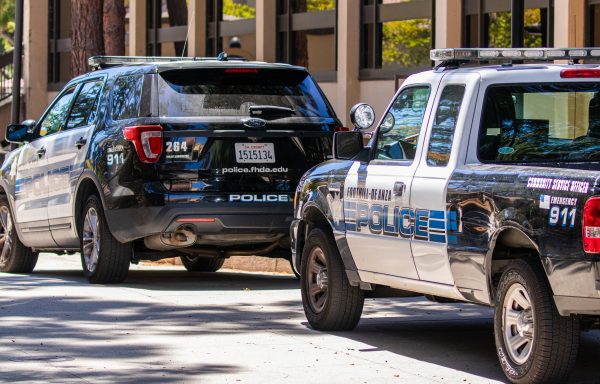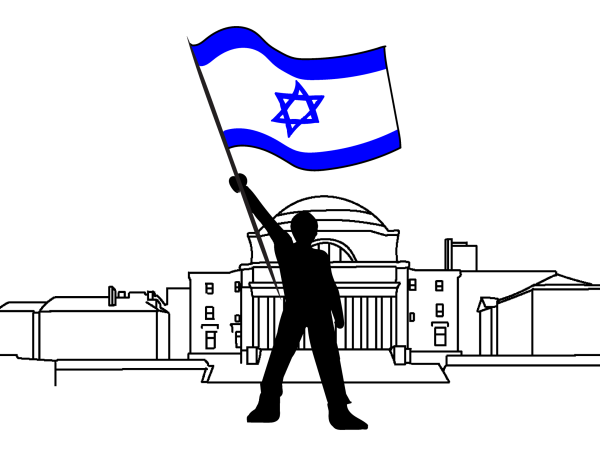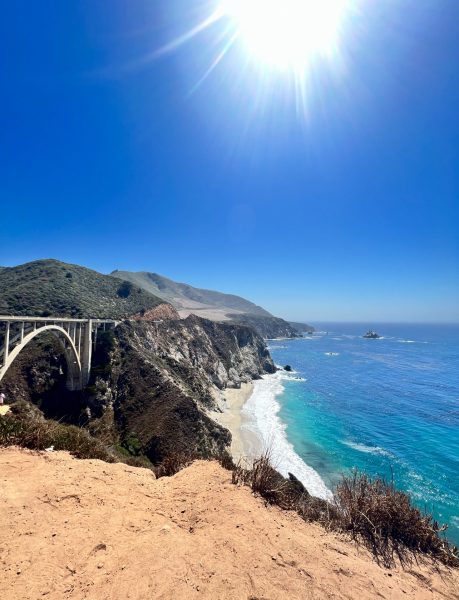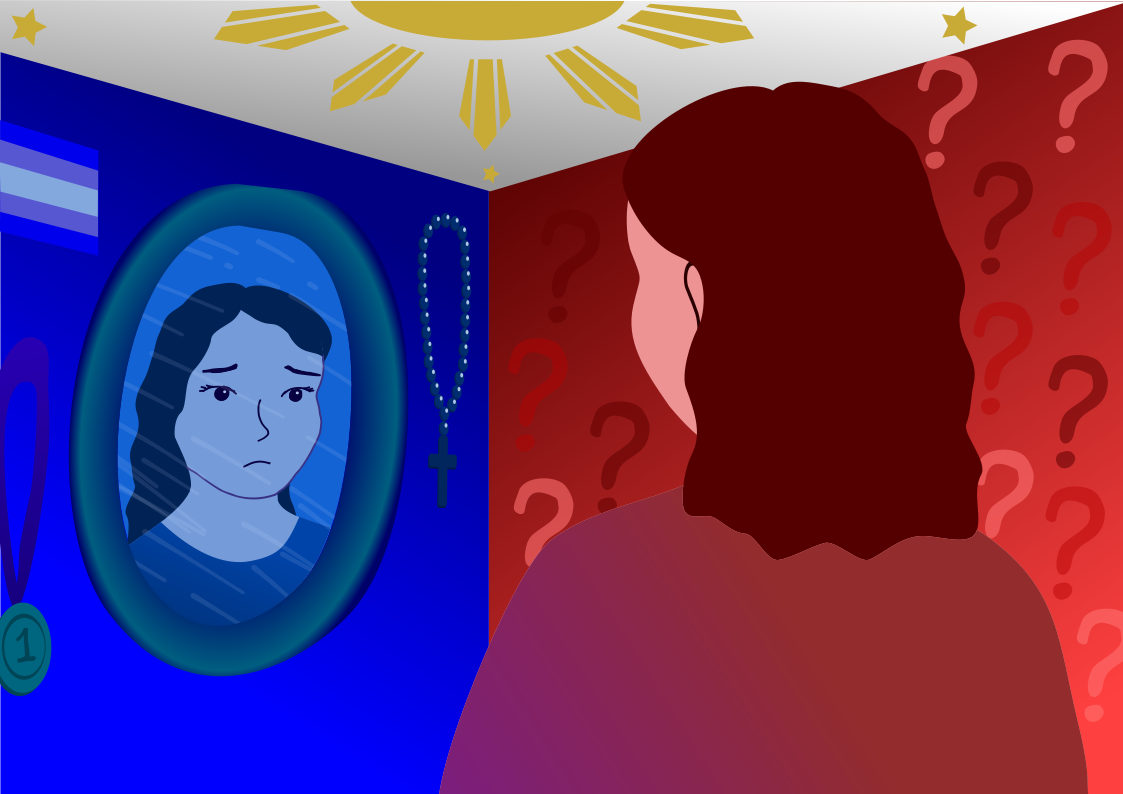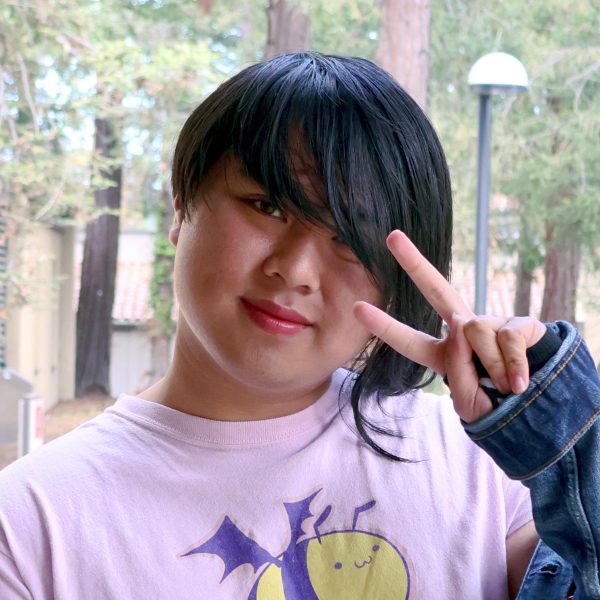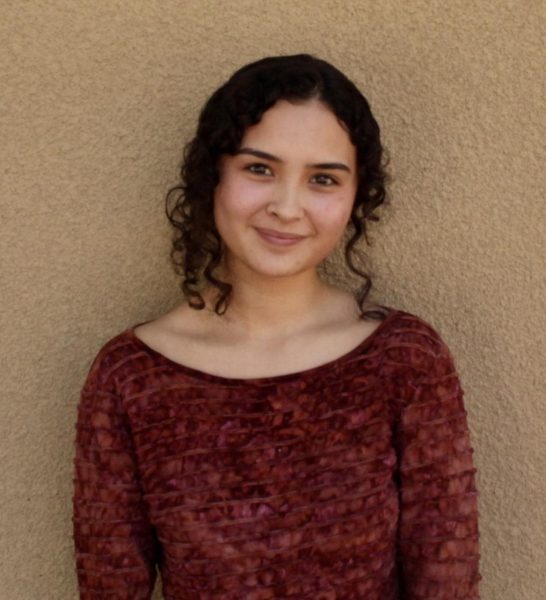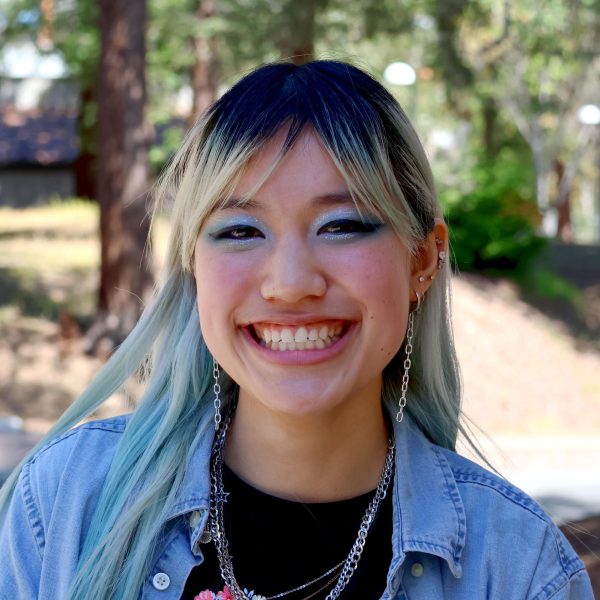Lilah Schuck:
There is no one way to be an ethnicity. By blood, I am Filipina.
As the daughter of a white man and Filipina woman, I have lived in the Bay Area my entire life — and it is all I have ever really known.
My mom grew up in Camiguin, Philippines, but immigrated to America when she was twenty-seven. My knowledge regarding her life is limited as our relationship never blossomed into anything other than me being the daughter and her being my mother. Admittingly, that is an attachment I tend to circumnavigate. To me, our relation is singularly blood.
I have not seen my mother in over six years. As a result, I frequently ask myself: How could I ever be Filipina if I cannot even hold ties to the one person who created that side of me?
Growing up multiracial, I stuck out in school. I had no idea why. I was tan, thin, had brown eyes and wavy hair. Whenever I looked in the mirror, I never seemed anything other than ordinary.
But such noticeability slowly caused me to feel out of place among my peers.
As someone who now has a lighter complexion (compared to my youth — as I was always in the sun; a soccer ball regularly at my feet), I have experienced both sides of the Asian experience; from standing out to not fitting in.
These days I am often regarded as someone who is racially ambiguous. Those around me tend to play the “guess my ethnicity” game. Many figure I am Mexican, Middle Eastern, or white — Asian only mentioned as a last resort.
There have been times where I have revealed my ethnicity and people have said, “You are not Filipina” — discrediting my entire life. Hearing this from not only Filipinos, but people of all races is hard to digest; it is like a punch to the gut.
Such a remark makes me think twice about whether I can truly define myself as Filipina.
Although I am half white, that side of me is one I do not connect with. I only associate with my dad’s side of the family, which is all white, but still feel apprehensive in defining myself as such.
In doing so, the act feels as if I am disregarding all that has happened to me as a young girl. My past experiences and overall upbringing go forgotten.
I am aware that there is a lot of privilege to being white, even half white. It is a perspective that, to me, goes unvoiced. I am someone who is not opposed to being labeled as white — everyone perceives others differently — but it is a description that I do not personally subscribe to.
I have double-eyelids, light skin and curly brown hair which causes people to question whether I am truly Asian.
I look back on my experiences as a young girl not wanting to be in the body she was born in, yearning to be someone else. She was so unsure of herself, all alone in the fight to understand who she was as a person.
I would like to think the experiences and overall challenges I underwent shaped me into the Filipina I am today. In the U.S. especially, there are a wide array of Asians that vary in ethnicities and appearances. There is no one way to be Asian.
I am not a model Filipina by any means, but at the end of the day, I am proud to define myself as Filipina.
Ann Penalosa:
I am fully Filipina. Everyone in my family is an immigrant except for my American-born younger brother. The anchor baby, if you will.
My parents, being college-educated, always felt pressured to move to America — it was advertised as a way to lift their families out of poverty.
Throughout the five years that I lived in Minnesota, the school system and my peers made me feel inferior at every turn. People only needed to take one look to know I wasn’t “really” Asian; instead, I was just “one of those dumb Hispanics” that was only in a gifted program because of “forced diversity.”
Partly because of this, I slowly detached in a bid to assimilate; I unlearned Spanish and Bisaya, almost completely lost my Tagalog fluency, started eating more “white” foods and even at one point internalizing white supremacist beliefs.
I learned how to mispronounce my own last name to the point that when my family moved to Sunnyvale and my teachers actually pronounced the “ñ” in Peñalosa correctly, it felt…uneasy.
Uncomfortable.
Weird.
My life always had an unspoken pressure to “act more white” or “be more Asian” because it’s more socially desirable; being surrounded by East Asians and being the “wrong kind of Asian” throughout middle and high school was isolating.
Even though when I move to north Sunnyvale, where has a huge Filipino-American community, my experience is hugely different from theirs; they get to learn their culture for the first time in years and take pride in it, while I, like many other immigrants, have to erase it and hate ourselves for it to be more “American.”
Ten years ago, I wished someone would have said that I “wasn’t really Filipino.”
After unlearning eurocentric standards and beginning to embrace my culture again, I had to simultaneously deal with the model minority myth and Filipino culture’s new beauty standards.
Going into high school, my family and communities expected me to keep good grades and never participate in social justice movements or speak out against injustice because we “are submissive.” I spent a lot of my high school years envying my peers with monolids and East Asian heritage, who, while also having to put up with more than their fair share of racism, are seen as “more desirable” than I could ever be.
Compound this with the colorism and racial profiling thanks to being brown and Hispanic, and you get a textbook double standard. Always needing to keep good grades but never being as smart as the “real Asians,” always lumped in as “white-adjacent” while never retaliating when we’re slurred out.
And this wasn’t even American culture speaking — the Philippines has fully embraced this double standard as well. Though some parts of it are unique to the Filipino diaspora, our homeland is full of skin-whitening soaps and glorifies “resilience” to dismiss actual harm. Nowadays, rather than the bar being an attempt to look white, it is to be extra-pale and pass as a “perfect” East Asian, as far from “brown” and Hispanic as possible.
Now, I have come to terms with this, though I have plenty to unlearn, even today.
I look back on my experiences as a young girl born in the wrong body, but for different reasons than she first thought. While she yearned to be someone else, she only really blamed “not being Asian enough” as the root cause of her discomfort in her own body, and not the racism she was spoon-fed as a child, or the fact that she had to pretend she was a boy for all these years.



